Marina Vitaglione has used a traditional photographic technique to produce otherworldly images of samples of London's air pollution.
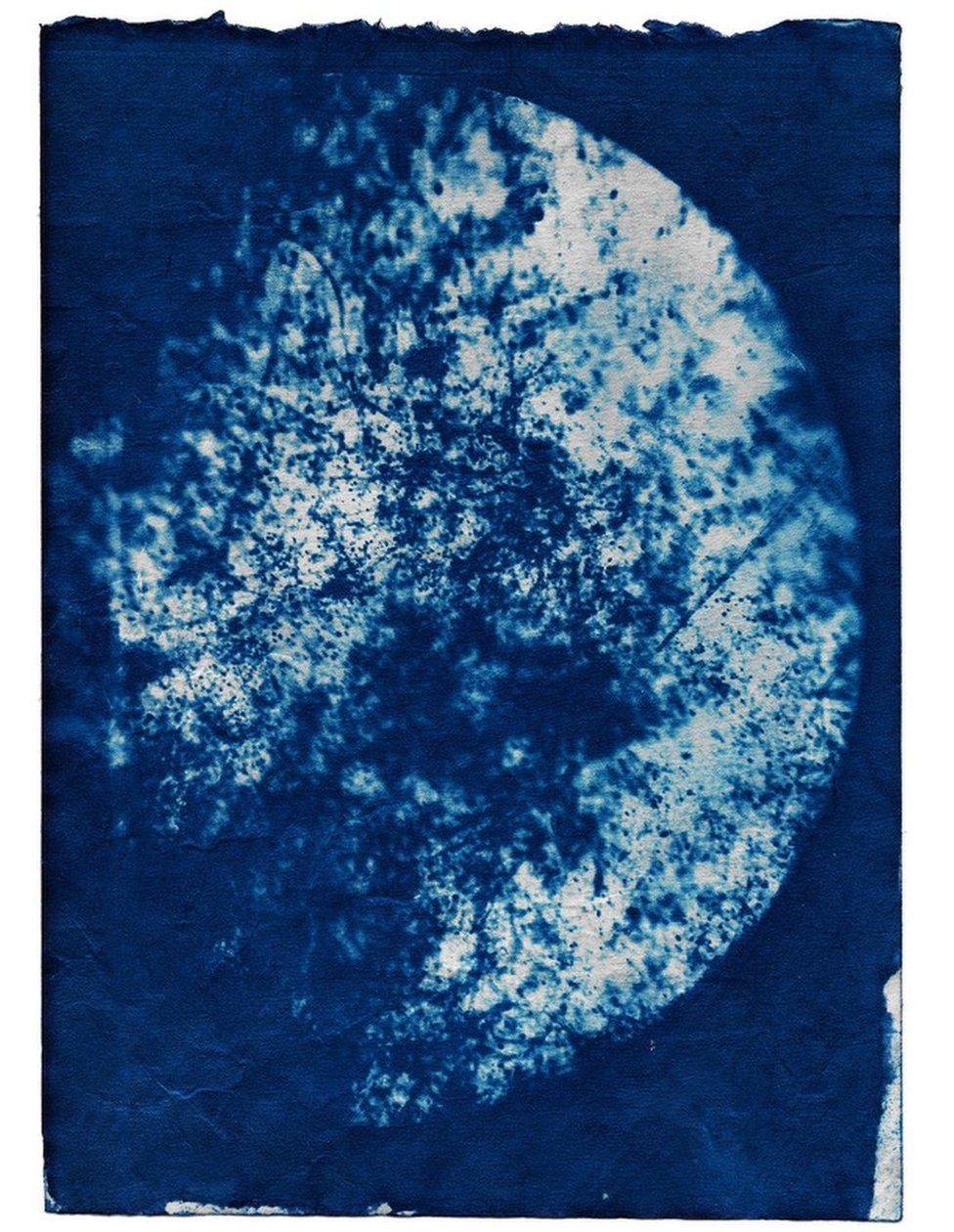 Drury Way, Wembley, north-west London, sample collected in August 2020
Drury Way, Wembley, north-west London, sample collected in August 2020
Working alongside scientists from the London Air Quality Network, part of Imperial College London (ICL), Marina was given access to air samples from across the capital, including Brixton Road and Lewisham, south London.
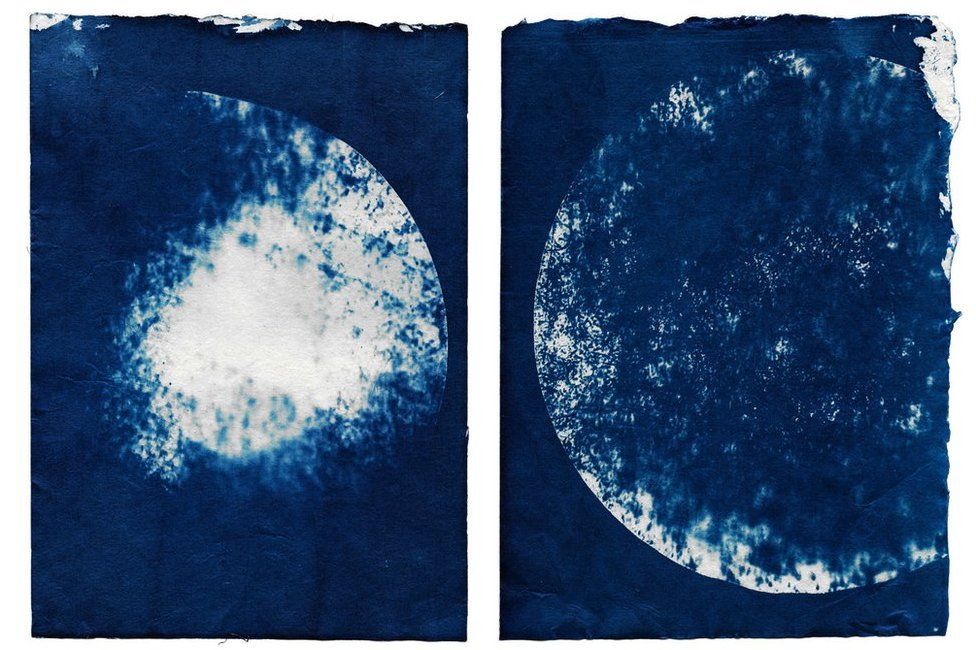
Some she put on to a paper tape, using a beta-attenuation-monitoring (BAM) device, and then photographed through a microscope (below).
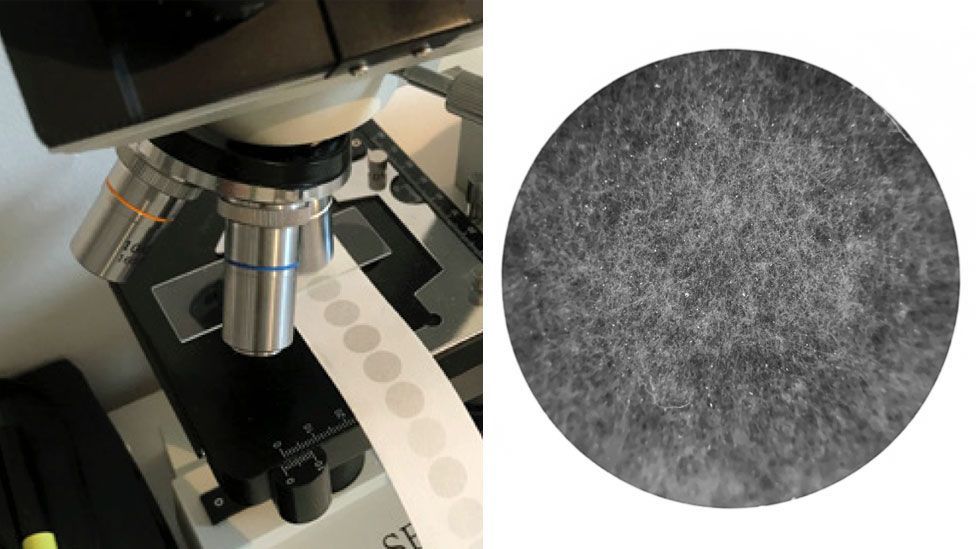 BAM samples under a microscope and a digital photo of the resulting close-up
BAM samples under a microscope and a digital photo of the resulting close-up
Others she enlarged digitally through Raman spectroscopy, the measurement of the intensity and wavelength of scattered light from molecules.
Marina then applied a cyanotype printing process, one of the oldest methods of producing imagery with light, placing transparent negatives of these digital images on paper coated with photosensitive emulsion (below), which she exposed to sunlight.
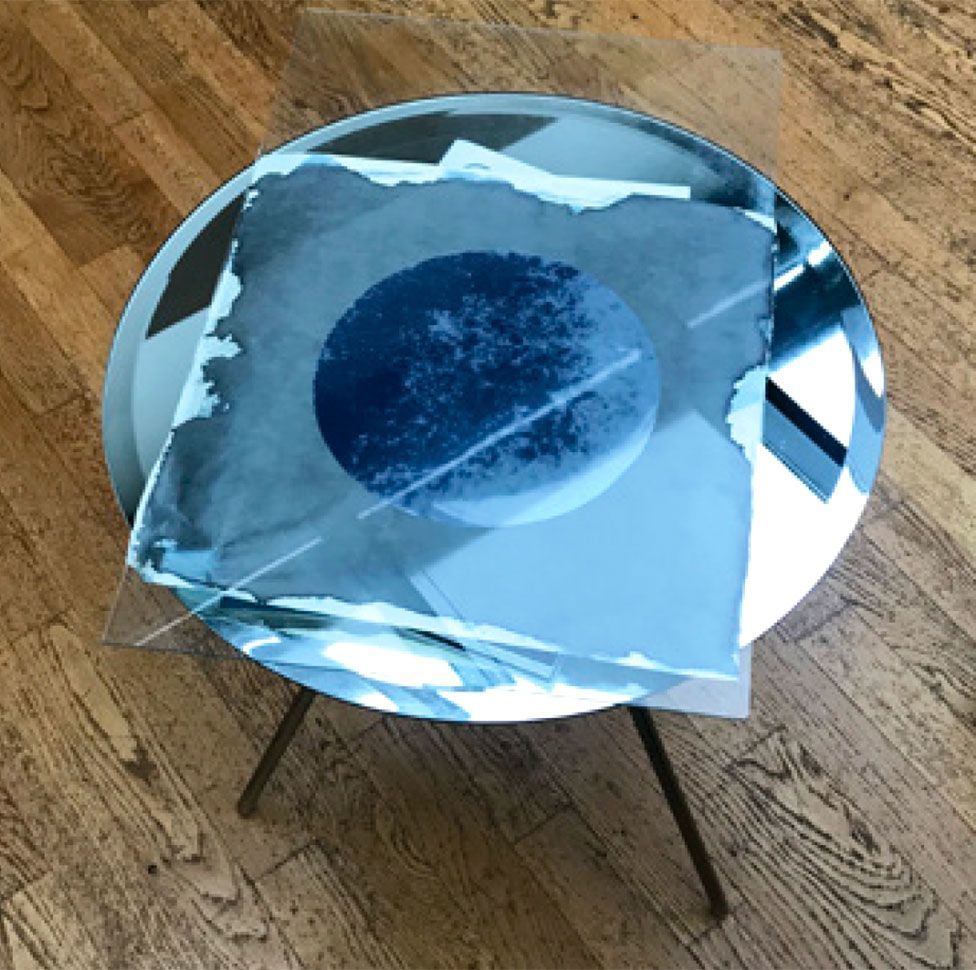
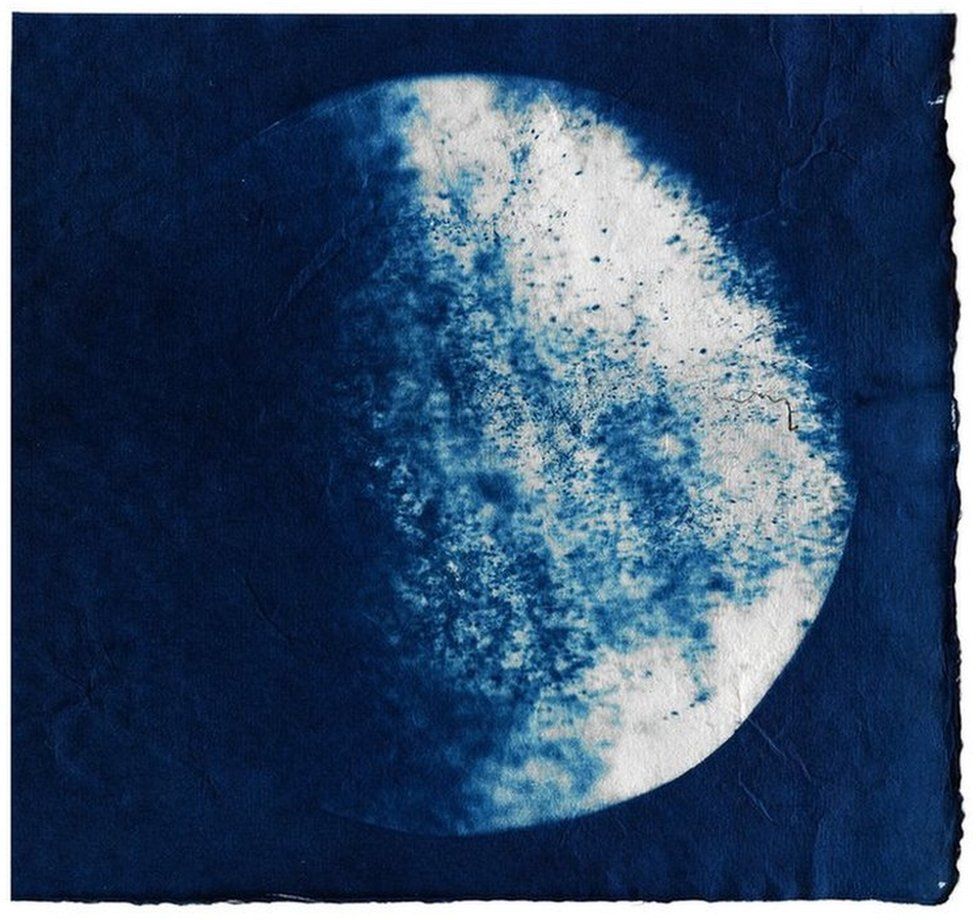
"I chose this technique because it allowed the Sun to reveal the toxic particles on the paper and in this way to be part of the print," Marina told BBC News.
"On an aesthetic level, the cyan-blue tone of cyanotypes remind me of pure, cloudless skies, contrasting with the vision of grey clouds we have when we think of air pollution.
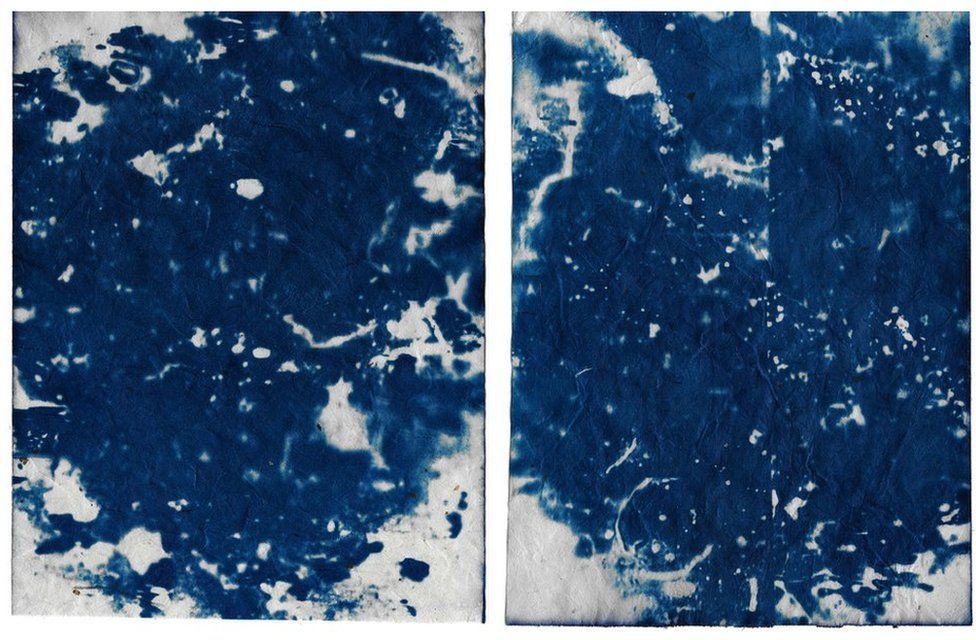
"I used Japanese gampi paper, whose handmade, thin and delicate sheets evoke the lightness of air itself.
"My aim was to make the invisible visible and show the issue in a new way to raise awareness of it."
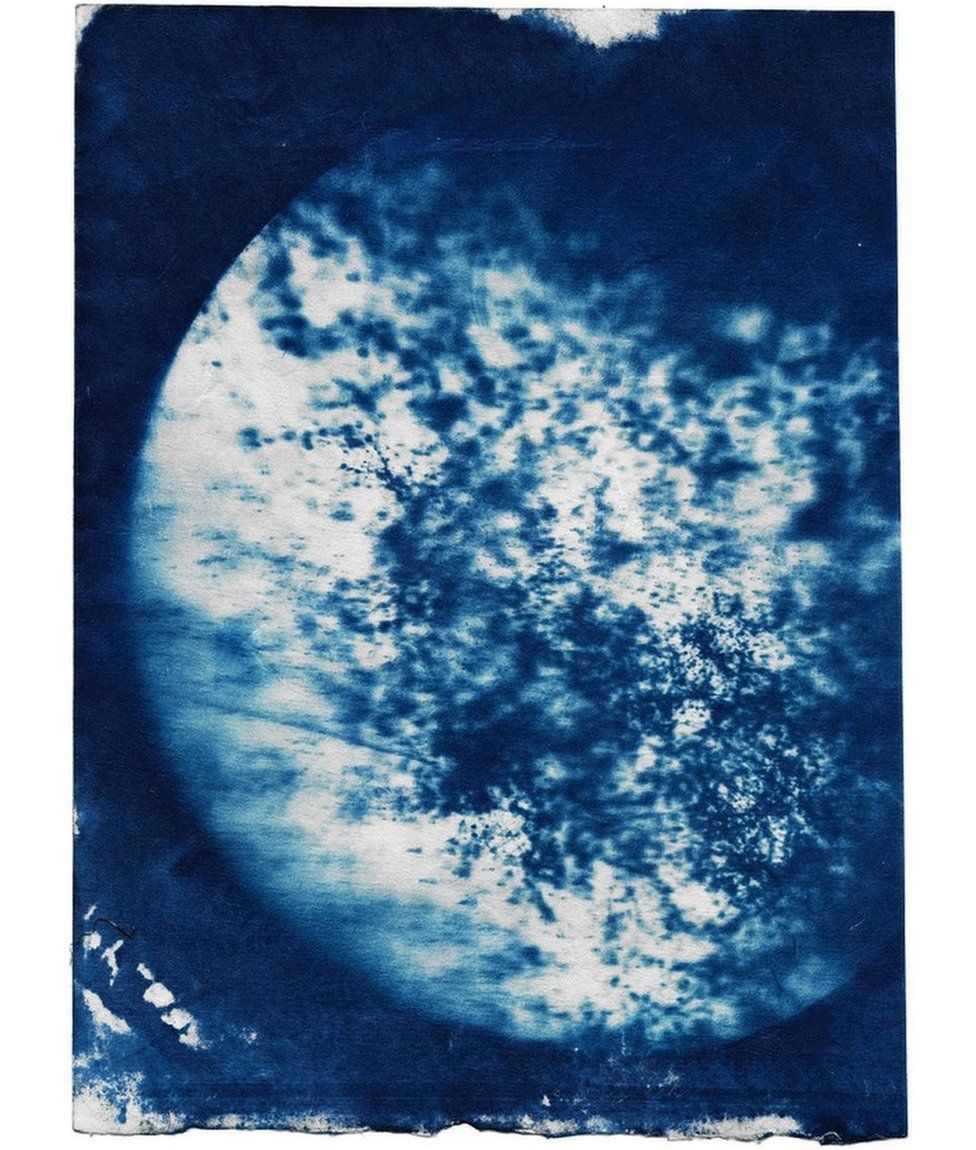
The Environmental Research Group, at ICL, collects more than 70 million air-pollution measurements a year across south-east England.
"It's a real challenge to share our understanding of the mostly invisible threat [air pollution] is to our health with the public," Prof Frank Kelly said.
"For this reason, we love to work with visual artists like Marina Vitaglione.
"Air pollution is linked to respiratory conditions such as asthma, cardiovascular diseases and there is emerging evidence of associations with cognitive diseases such as dementia.
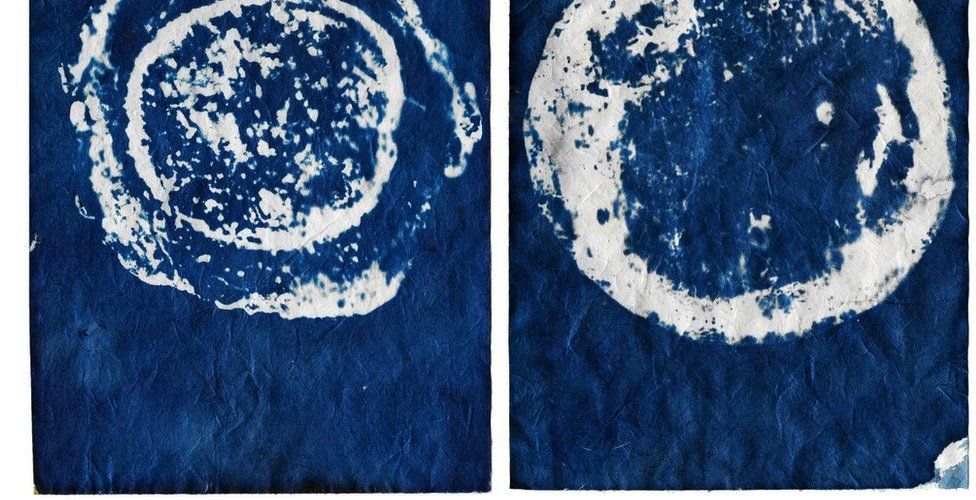
"The World Health Organization estimates air pollution is responsible for the early deaths of seven million people worldwide annually.
"The UK government's recent air-quality strategy recognised air pollution as the top environmental risk to human health in the UK and the fourth greatest threat to public health after cancer, heart disease and obesity."
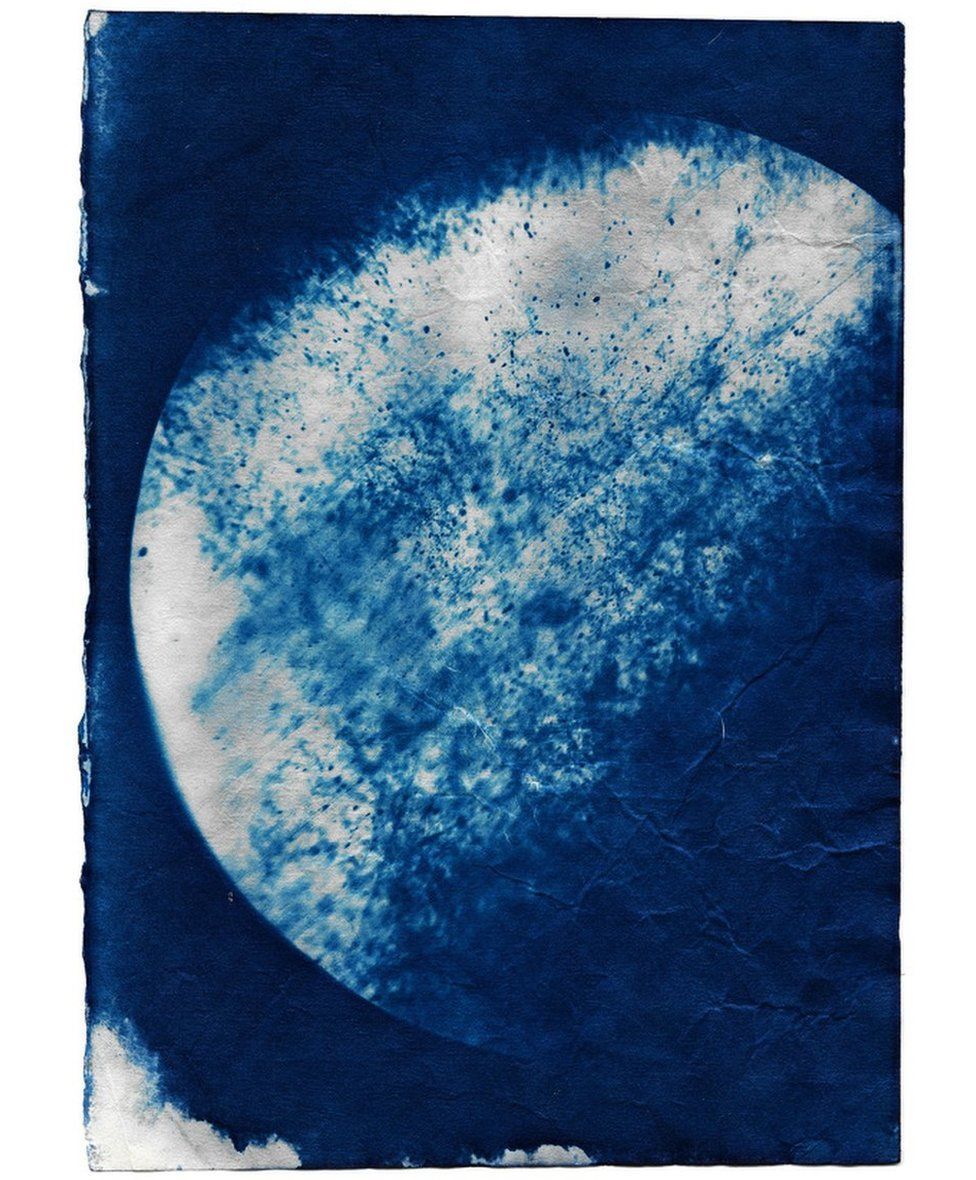
In December, a coroner found air pollution had caused the death of Ella Adoo-Kissi-Debra, nine, in Lewisham.
And ICL research suggests lead from petrol persists in London's air despite it being banned in 1999.
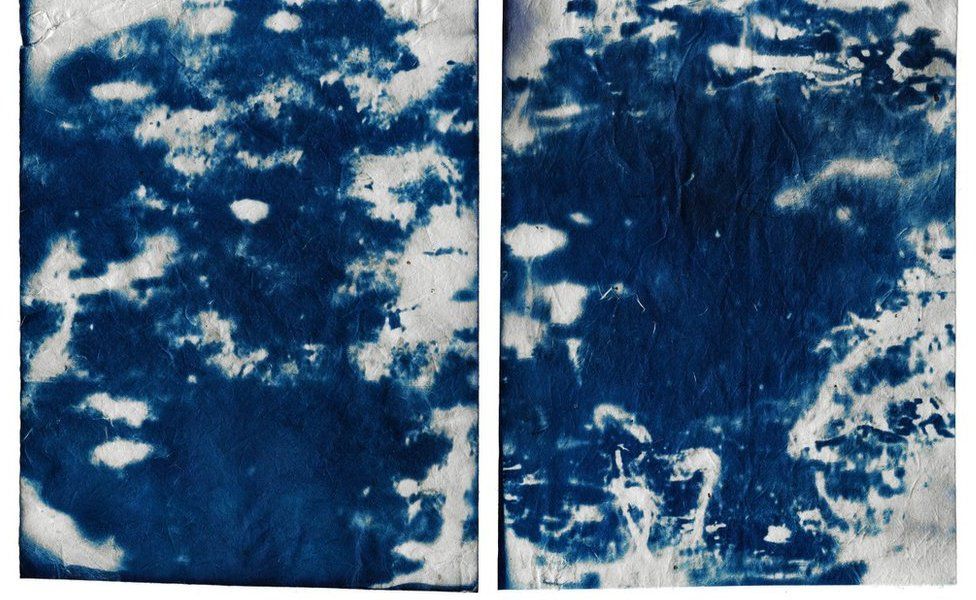
During the first UK lockdown due to the coronavirus pandemic, last year, air pollution levels fell to their lowest since recordings began, in 2000, according to the London Air Quality Network.
But now, Prof Kelly said: "Government statistics show road traffic has almost returned to pre-pandemic levels as some people are still avoiding public transport and have switched to using their cars more.
"This is reflected in cities around the world.
"It appears the working-from-home revolution on its own won't solve our air-pollution problems.
"Given the scale of the problem, there's a long way to go.
"But increased awareness through art projects like Marina's, along with sound policies underpinned by evidence, can help to improve air quality in our cities.
"However, we need to be vigilant for new emerging challenges such as that posed by increased microplastic particles in the air we breathe."
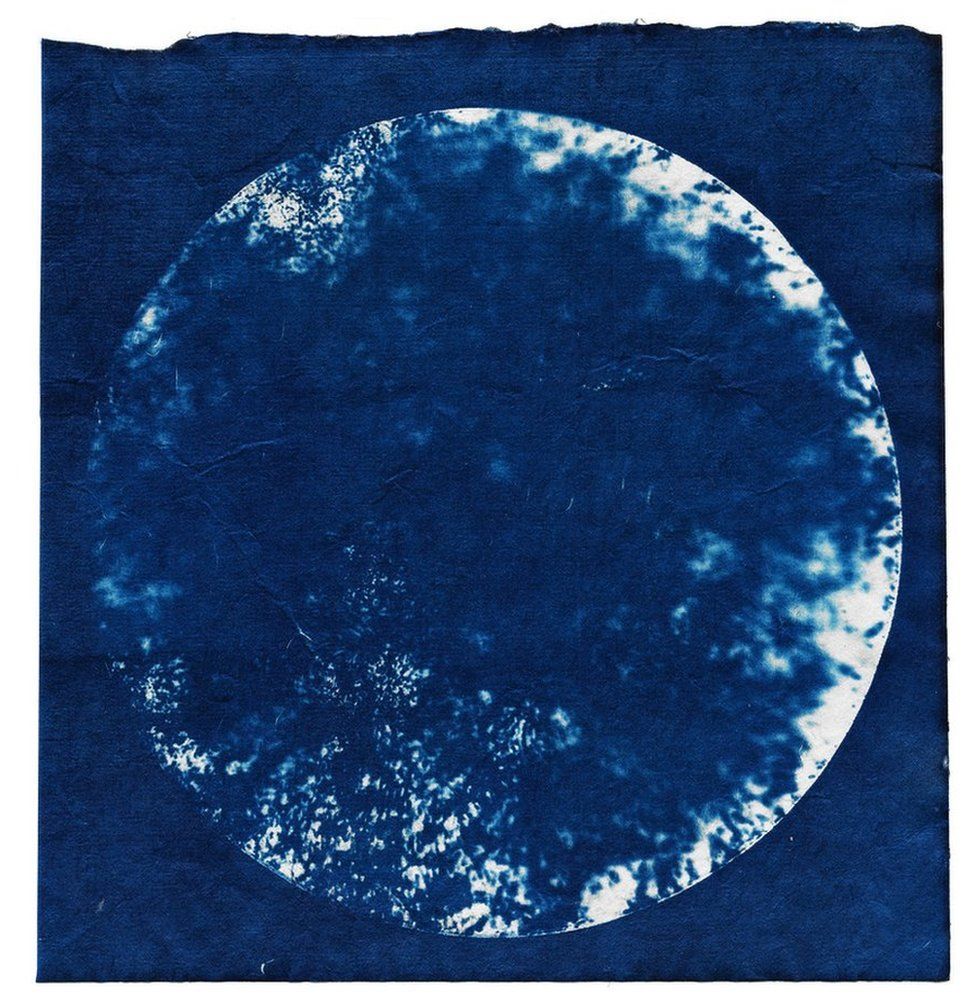
Marina's air-pollution images are part of exhibition What On Earth, at the Koppel Project Exchange, in London, until 25 July.















